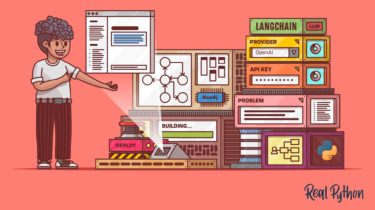Scaling early detection of esophageal cancer with AI
Microsoft Research and Cyted have collaborated to build novel AI models (opens in new tab) to scale the early detection of esophageal cancer. The AI-supported methods demonstrated the same diagnostic performance as the existing manual workflow, potentially reducing the pathologist’s workload by up to 63%. Esophageal cancer is the sixth most common cause of cancer deaths worldwide, in part because this disease
Read more



